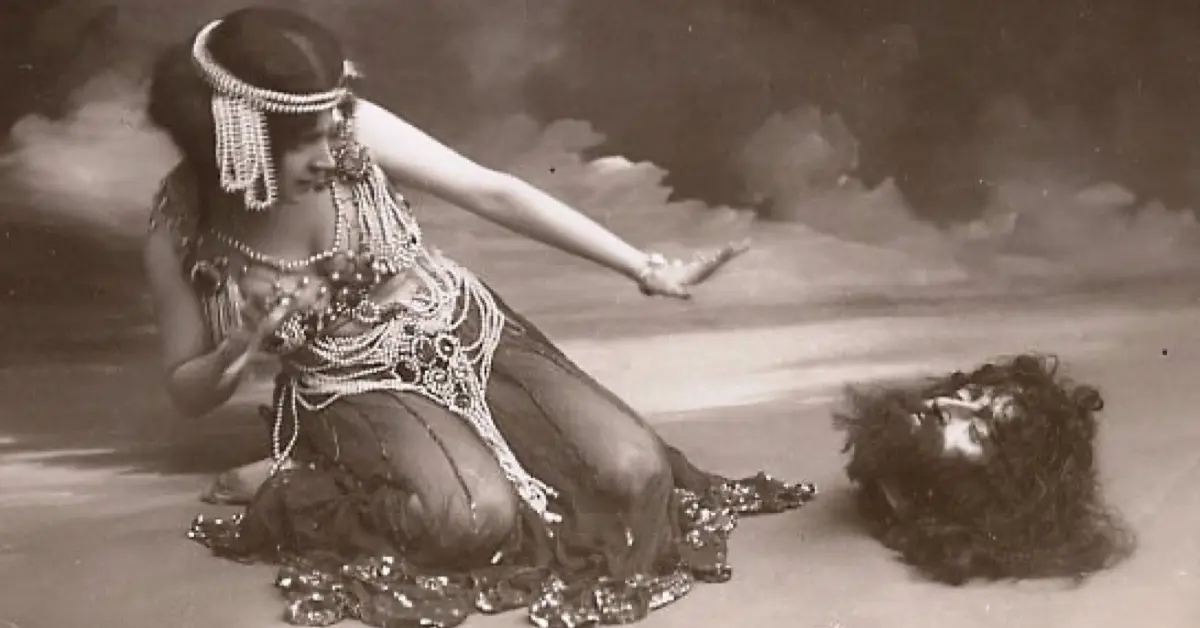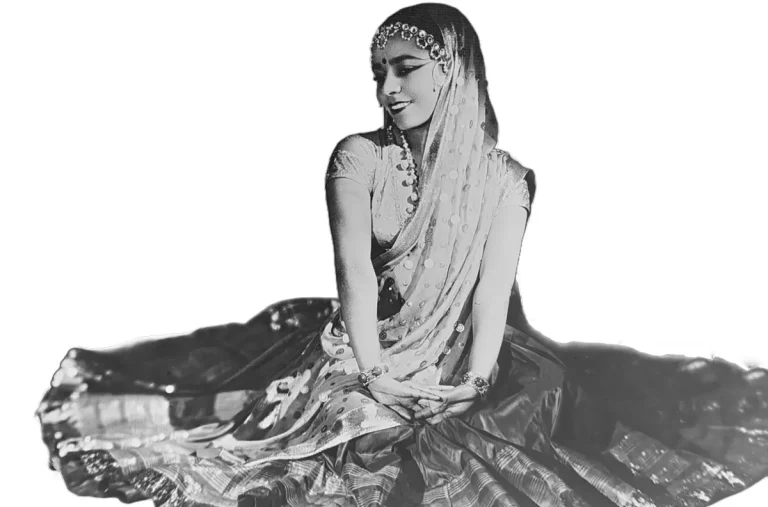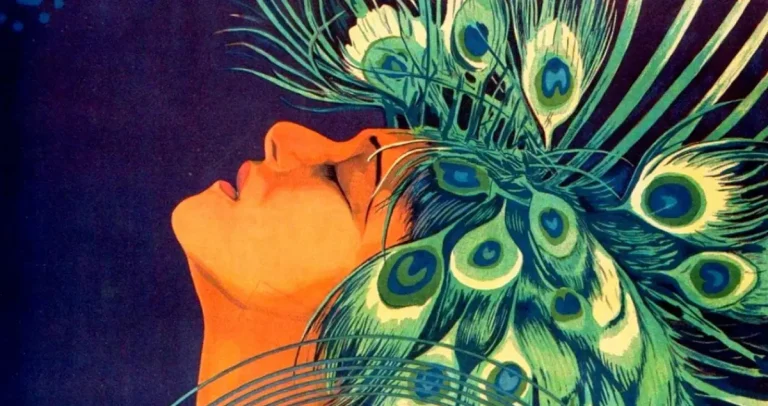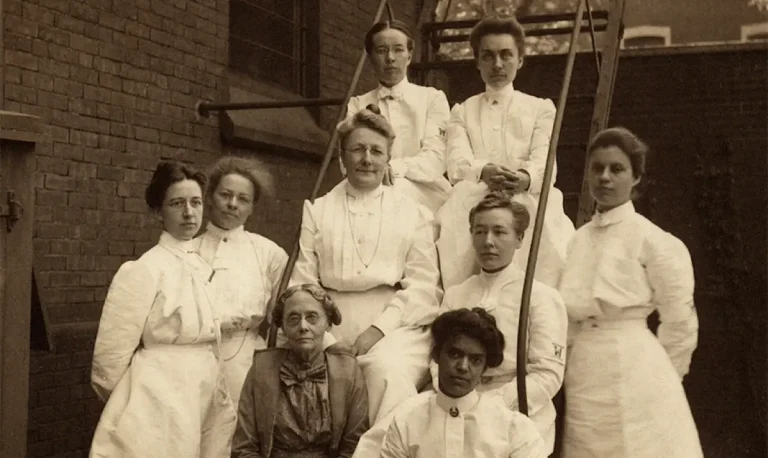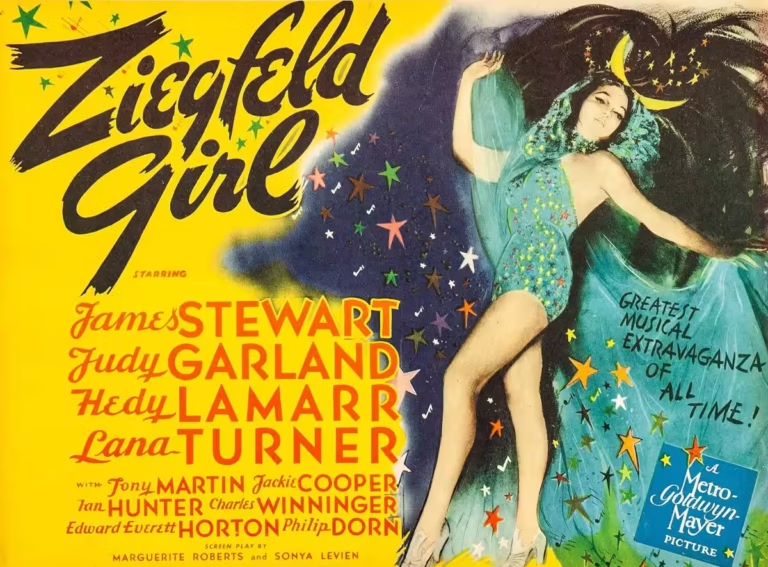Salome Story: Her Shocking Bare Midriff Amazes America
Revised April 2, 2025
A Salome story: I spent many years working with historical documents at the Library of Congress and other cultural heritage institutions. Historical documents, also known as primary sources, provide firsthand evidence about people, events, and ideas from the past. Primary sources can reveal great stories about what has—and hasn’t—changed over time.
 I drew upon the storytelling allure of source documents to write the Sarah Kennecott and Jack Harden Mystery series, which is set in the early 20th century Baltimore, Maryland. While researching, I found many archival photographs of barefoot women (and some men) performing on stage, wearing jewel-encrusted bras and little else. The performers present a Salome story, based on the young woman credited with a famous dance in the Bible.
I drew upon the storytelling allure of source documents to write the Sarah Kennecott and Jack Harden Mystery series, which is set in the early 20th century Baltimore, Maryland. While researching, I found many archival photographs of barefoot women (and some men) performing on stage, wearing jewel-encrusted bras and little else. The performers present a Salome story, based on the young woman credited with a famous dance in the Bible.
Odd and unexpected, these pictures. The women are depicted as sensual and seductive, as well as powerful and dangerous—in other words, completely at odds with prevailing notions about respectable femininity at the time. In 1908, women could not vote and were generally regarded as weak and subservient to men. A common myth held that women had no sexual feelings; for them, sex was often seen as a marital duty and nothing more.
History Informs Historical Mystery Books
I explore the changing roles and experiences of early-20th century women in my fiction. My main character, Dr. Sarah Kennecott, struggles in a male-dominated world that has little use for an assertive professional woman. Sarah is at the forefront of change happening slowly but inexorably across society.
Looking into the Salome phenomenon, I found a goldmine of evidence about the period. I came across so much information—and so many pictures—that I decided to put together this book.
Salome Story Gets a Makeover
Ancient texts briefly mention Salome. The Bible (Mark 6:21—29 and Matthew 14:6—11) and the Roman historian Flavius Josephus describe Salome as a Jewish princess, daughter of Herodias and step-daughter of King Herod. She danced before the king and, at her mother’s insistence, demanded the severed head of John the Baptist on a silver platter as a reward. Salome’s original character was that of a dutiful daughter with little personal agency.
After two thousand years, Salome had a breakout moment.
Salome circa 1900 was very different from the character in the Bible. The new portrayal—Salome 2.0—was a dangerous, sexualized figure who simultaneously shocked standards of good taste and helped usher in fresh ideas about art, personal freedom, and gender roles.
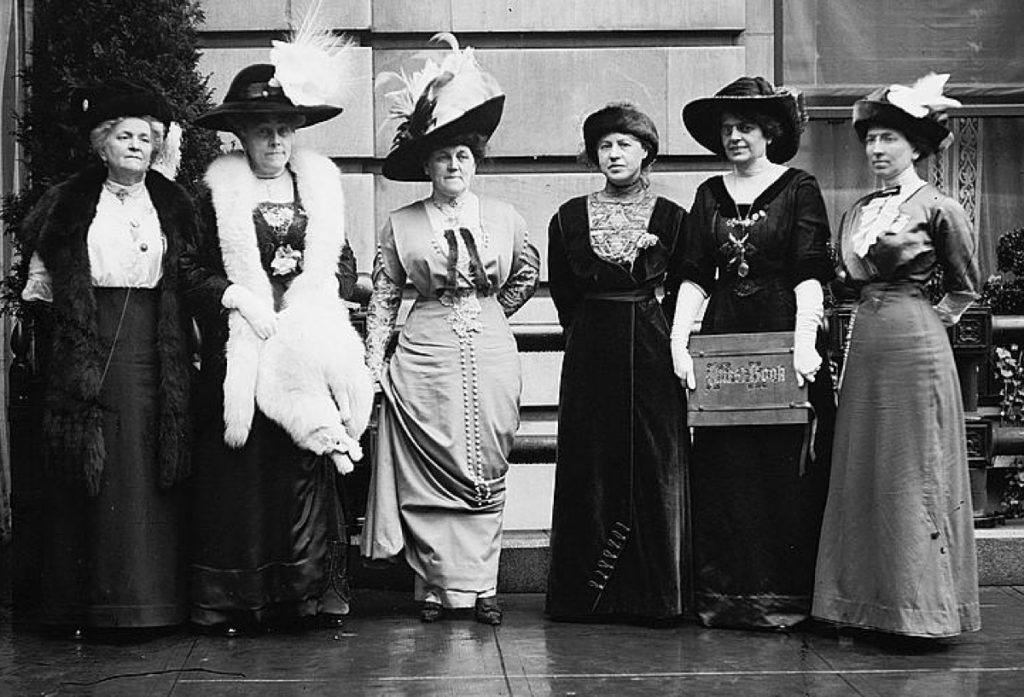
Women under wraps, ca. 1912, Library of Congress.
Women Under Wraps, But Feminist History is in the Making
Early in the 20th century, arbiters of morality encouraged the public to seek “uplifting” experiences and worked to suppress the lewd and unseemly. Women were literally kept under wraps: their bodies remained tightly corseted and covered from head to toe in multiple layers of clothing.
Technological and social change were upending society in ways large and small. Young people flocked to cities to work, have fun, and escape parental control. The growing numbers of independent, educated women led to much talk about the New Woman and how she was charting a different course than her forebears. Artists asserted themselves against traditional forms and drew upon personal perspectives. A new appetite arose for challenging bourgeois standards and sentiments. Information and ideas spread fast in the media, and the shock of the new gained favor over the comfort of the old.
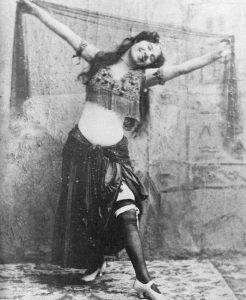
Audiences found pleasure at amusement parks, penny arcades, vaudeville shows, moving pictures, and other forms of mass entertainment. Belly dancing shows were among the edgiest of performance spectacles. First introduced to America during the 1893 Chicago World’s Fair, belly dances involved women—supposedly of Egyptian or other foreign extraction—performing exotic “abdominal gyrations” with bare midriffs.
The Salome Dance and Fantasies About the Exotic East
Western popular culture at the time avidly embraced a fictional notion of “the Orient,” representing the cultures of North Africa, the Middle East, Turkey, India, and other nations of East Asia. These were supposedly places of sensuality, decadence, mystery, and romantic spectacle—perceptions that entertainment venues mined for box office gold. People were eager to see scantily clad young women perform a wiggly, if inauthentic, Oriental dance.
While such dances were controversial from the first, some performers—including several pioneers of modern dance—claimed a higher purpose. According to them, the goal was to express truth and beauty, not mere titillation. This blend of artistic refinement and sexy spectacle provided the perfect environment for reinventing the story of Salome. With the help of a scandalous writer and an opera composer searching for his first major success, Salome performances flooded the Western world and launched a craze known as Salomania.
The Salomania Craze and the Dance of the Seven Veils Takes Off
Paradox accompanied fascination with Salome. On stage, the Jewish princess flaunted her unclothed body to seduce—but for the purpose of revenge and murder, not romance. Her passion was alluring but also terrifyingly out of control. She was powerful and commanded total attention but was doomed for madness and death.
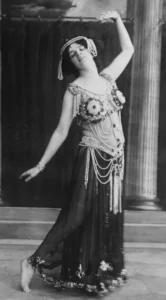
Salome performances boosted the sexual objectification of women. Would-be Salomes were a favorite subject of racy postcards—the soft-core porn of the day. Yet the performances also encouraged women to break free of old constraints and become independent social actors. Susan Glenn writes, “Salome was not simply an erotic spectacle for men’s voyeurism. She was also an important resource for women performers and audiences, a vehicle for female self-expression and sexualized assertiveness.”
Salome was a powerful influence among suffragettes in pre-World War I London. Judith Walkowitz notes how a group of London actresses staged a performance of Oscar Wilde’s play Salome in 1911, including the Dance of the Seven Veils. “Feminist [actresses] were drawn to Salome’s dance because women could embrace it as their own cultural form and use it to claim possession of their own erotic gaze, albeit a hostile and aggressive one.”
Stage acts featuring Salome also blurred the lines between “high” and “popular” culture; the character was a transformational artistic force in serious theater, music, and art dance and wildly popular on vaudeville stages. For example, the first edition of the Ziegfeld Follies, in 1907, featured a skimpily dressed woman performing a Salome dance. Some interpreters were talented and original, while many others were not. But, for a time, Salome performers from opera halls to dime museums all profited from the energy and excitement that flowed from the character’s newly found celebrity.
Salomania helped transform the performing arts during the first three decades of the 20th century. The crowds paying to see Salome proved that people wanted to see a new kind of female character that was dramatically at odds with prevailing cultural notions about women as asexual and subservient.
The Bad Girl Shows Up Everywhere and Makes Dance History
Audiences could not get enough of this underdressed bad girl. Artists produced scores of paintings. Photographers snapped countless pictures. Publishers cranked out innumerable posters, postcards, advertisements, and magazine illustrations. The images were surprising, even shocking; some still are, even in our modern age of excess. Never before had so many people seen pictures of a semi-nude woman displaying desire, even lust. And never before had so many seen images of a woman as a monster, much less a monster driven to necrophilia with a severed head.
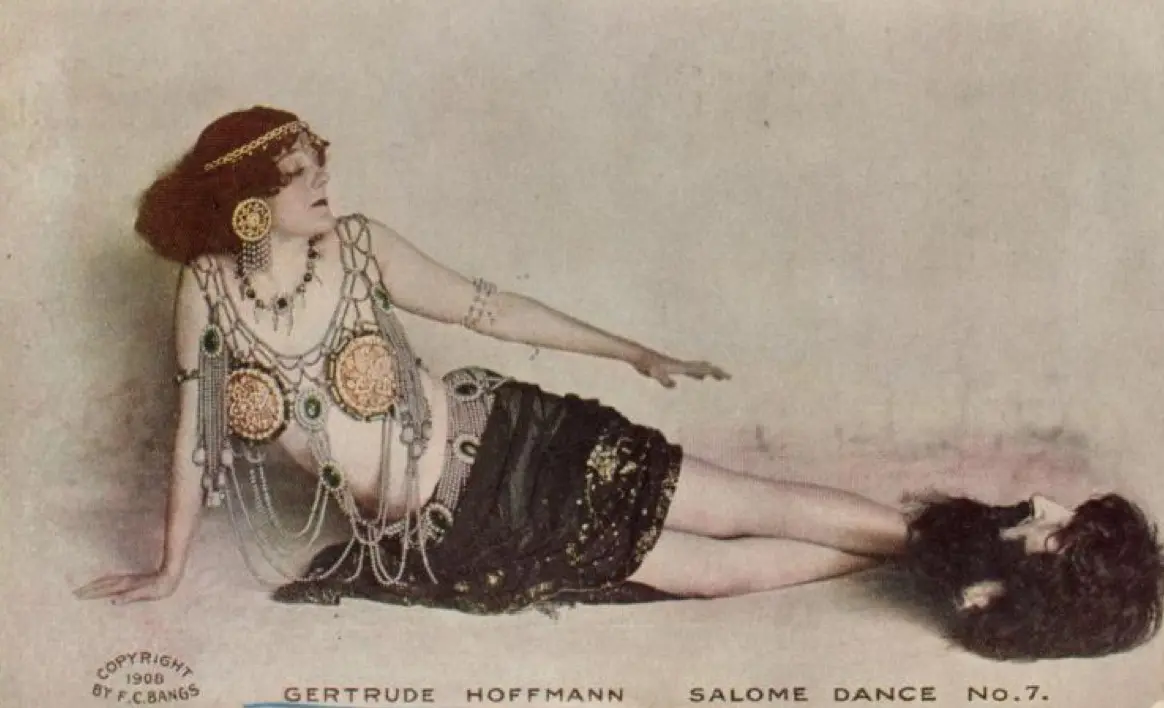
My book includes over 130 photographs and other images documenting Salomania from 1900 to 1926, around when the craze waned. While this is the largest compilation of Salome images to date, it is not comprehensive. I’ve only tracked down a fraction of the performers and pictures; many more are surely extant.
I organized the book according to the entwined art forms drawing on the Salome story through the 1920s. The organization follows a chronological progression from studio art, to stage drama, to opera, to different dance forms, and finally to motion pictures. The parameters here are admittedly porous.
The boundary between Salome and other staged characters is also permeable. Some performers associated themselves with various Eastern interpretations, including the religions and myths of the Orient and the ancient world. Nearly all the pictures included here are of people explicitly billed as Salome, but some—those of Mata Hari, for example—are not. Still, Salome was so well-known that anyone dancing in an exotic, revealing costume was, in the public mind at the time, often lumped together with her, by accident or design.
This post is part of a broader exploration of Salomania and Salome’s rise as a cultural icon in the early 20th century.
→ Visit the main Salomania hub page to discover more.

